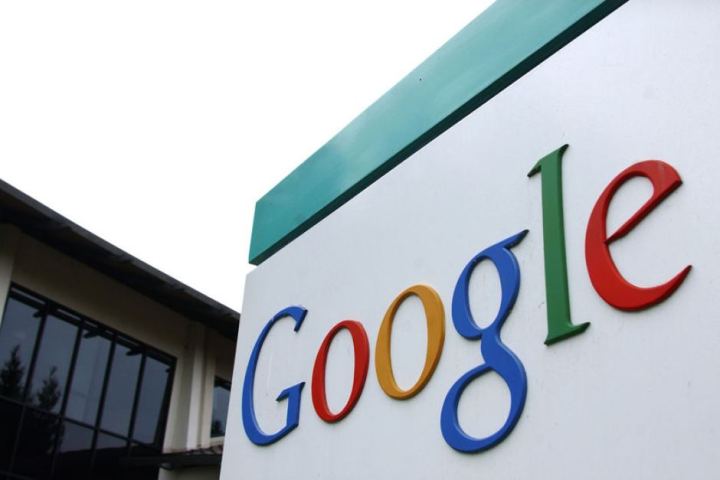
Given the reach and scale of Google, it’s hardly a surprise that the Web giant is apparently looking into expanding the integration of online shopping features with its existing services in a manner that would challenge Amazon in some areas of its own business.
According to unnamed sources that spoke to the Wall Street Journal recently, the Mountain View company has been testing the button as it seeks to persuade merchants to give it permission to introduce the feature on its own Shopping pages. The proposal has reportedly split retailers, with some excited by the prospect and others unhappy that it could result in a loss of control “over the image they present to shoppers.”
The Journal’s report points out that Google’s plans in no way involve holding an inventory of products or launching a shipping network – it merely wants to make it easier for consumers to shop online while keeping them on its own site instead of losing them to the merchants’ pages or Amazon’s site, which, incidentally, has for some time offered Web users a speedy way to shop with its own “one-click ordering” feature.
In another move designed to take on Amazon, Google is also reportedly considering a feature enabling merchants to promote a free two-day shipping service through Google Shopping. It could operate in a similar manner to ShopRunner, which offers a fast shipping service for a range of retailers for $79 a year.
Sources familiar with Google’s operation told the Journal that among its range of services, it’s the product-search category that brings in the most revenue via ads. However, data from Forrester Research shows that an increasing number of online shoppers are starting their product search on Amazon instead of using search engines, a trend Google is keen to reverse.
Google’s plans to delve more deeply into retail are said to be in the preliminary stages with no firm agreement among executives regarding the possibility of an official rollout, though the mere fact that it’s testing out these latest ideas indicates its determination to prevent Amazon tightening its grip on the Web-based retail market.
[Source: WSJ]


